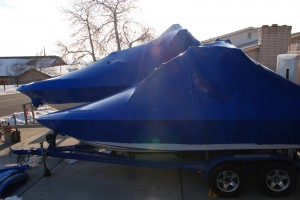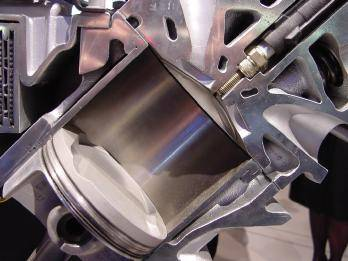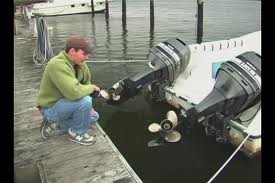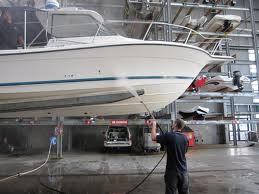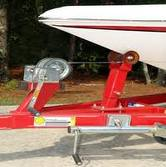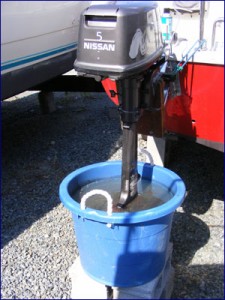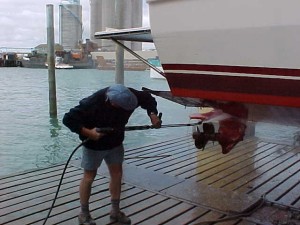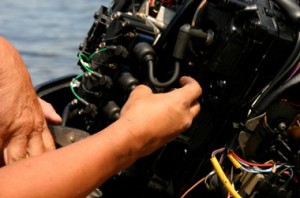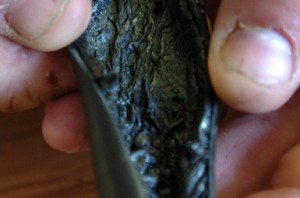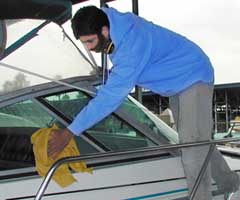Installing a Water Pump, Part I
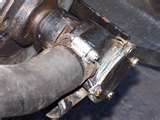 For the most part, a water pump will last the lifetime of the motor itself; however, if you do hear whirring or grinding noises, it may be time to replace the water pump. Replacing a busted water pump is not too difficult for the average handy-man or woman. You will need a set of wrenches, a socket wrench set, new water pump, a water pump gasket, gasket sealer, and possibly new hose clamps. While you’re gathering supplies, you may also want to pick up some Yamalube 2-M oil.
For the most part, a water pump will last the lifetime of the motor itself; however, if you do hear whirring or grinding noises, it may be time to replace the water pump. Replacing a busted water pump is not too difficult for the average handy-man or woman. You will need a set of wrenches, a socket wrench set, new water pump, a water pump gasket, gasket sealer, and possibly new hose clamps. While you’re gathering supplies, you may also want to pick up some Yamalube 2-M oil.
Begin by locating the petcock valves on either side of the engine block. Open up a valve or two to drain out the water. Locate and loosen the bolts on the belt pulleys and then remove the belt. The hose clamps should also be visible; remove any water that may still be lingering in the hose connecting to the damaged water pump.


